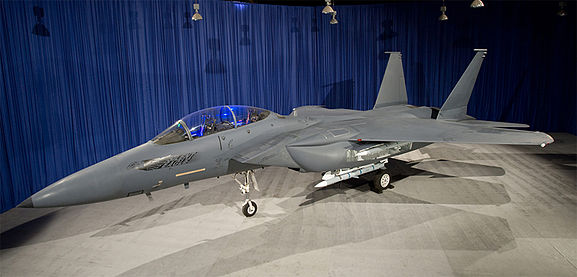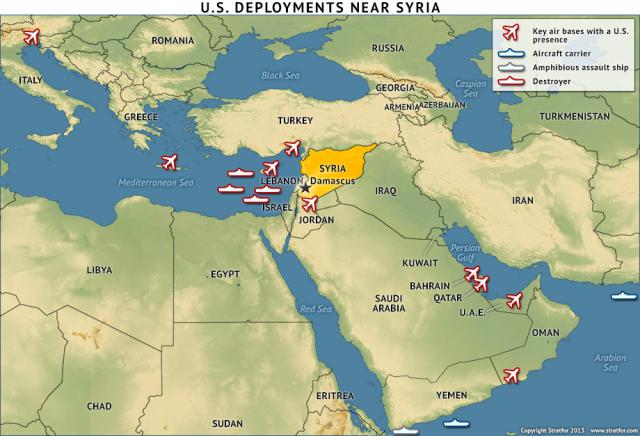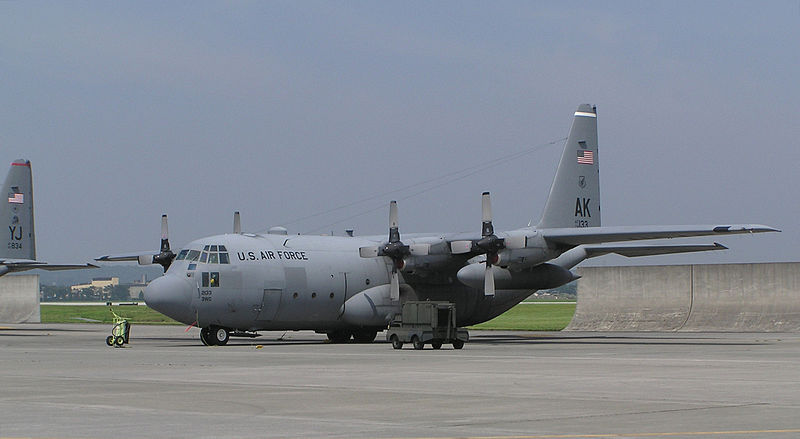As Robert Heinlein wrote, “The most expensive thing in the world is a second-best military establishment, good but not good enough to win”, which is both obviously true and not very helpful when you are looking at the biggest, best-equipped military force in human history. Since the end of the Cold War, there really has only been one country with a right to the term “superpower” (and for the Soviet Union, in retrospect it was more of a courtesy title anyway). The world still stands in the military shadow of the US Army, US Navy, and US Air Force.
But even superpowers have to face economic reality at some point, so it’s time to consider just how big the US military forces need to be to accomplish US goals. In The Atlantic, Eric Schnurer wonders if the defence budget can be trimmed without endangering national security:
Since protecting citizens’ lives is the first duty of government, public-safety functions are usually the last to feel the effects of tightened budgets. This is especially true at the federal level, where cuts to the defense budget are generally portrayed as assaults on the nation’s very existence. There are a variety of reasons to tread softly on any sort of defense cuts: You only get to err by under-defending the country once. The battlefield edge today, and even more so in the future is a product of advanced — and expensive — technologies. Those who put their lives on the line for the rest of us deserve the best equipment and protective gear, and the most reasonable pay and benefits, that we can afford.
But does that mean that we cannot cut the defense budget without short-changing national security? To hear some tell it the answer is “no.” But the Defense Department is part of the same government that most Americans abjure for its inefficiency, waste, and fraud. In fact, you can find just about everything that’s wrong with government in the defense budget. Oklahoma Republican Senator Tom Coburn, no liberal, has derided the Pentagon as the “Department of Everything” for its wide-ranging activities.
Of all the services that critics complain the Pentagon needlessly duplicates—from schools and rec centers to scientific research and grocery stores — the most expensive is health care. Ten percent of the Pentagon’s non-war budget — $53 billion—goes to health care. As with civilian health care, savings are achievable here but face implacable opposition from military retirees. But as no less a military enthusiast than John McCain said last year on the Senate floor, “We are going to have to get serious about entitlements for the military just as we are going to have to get serious about entitlements for nonmilitary.”






